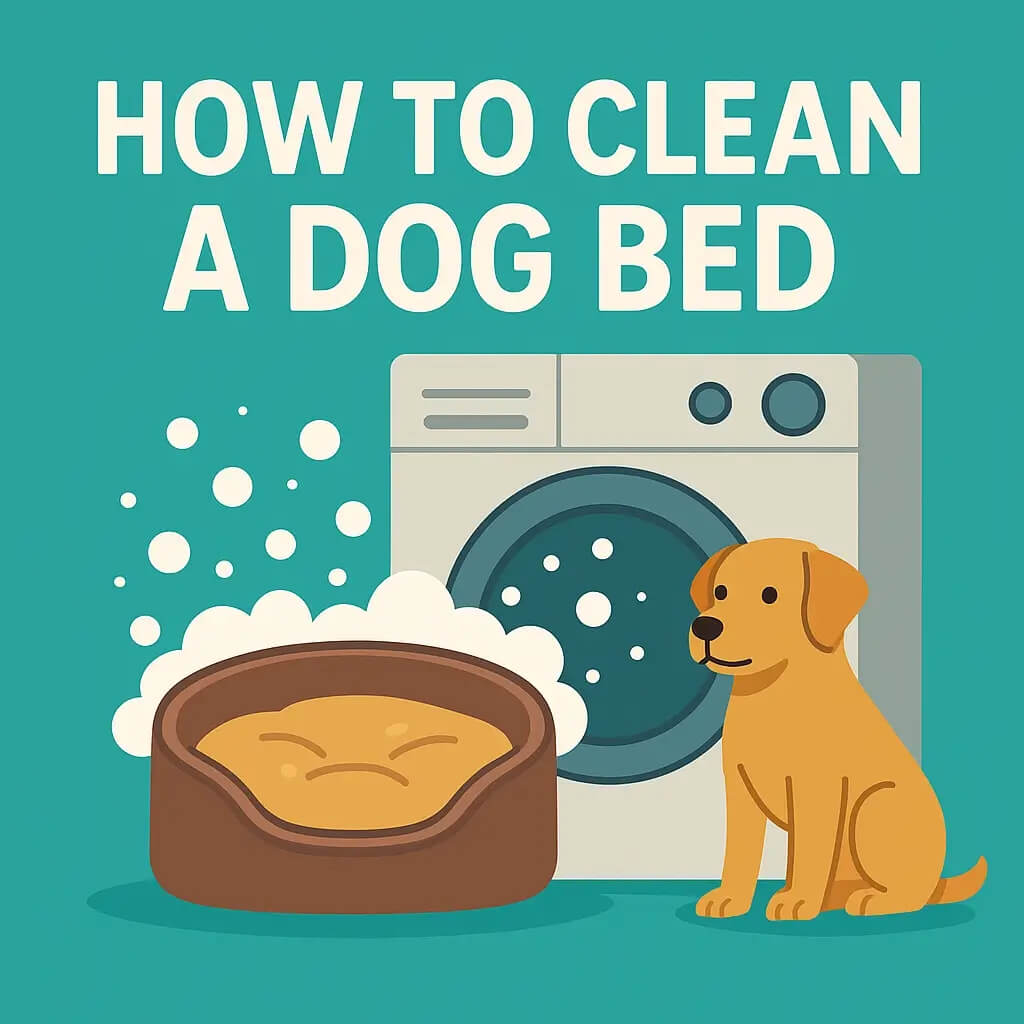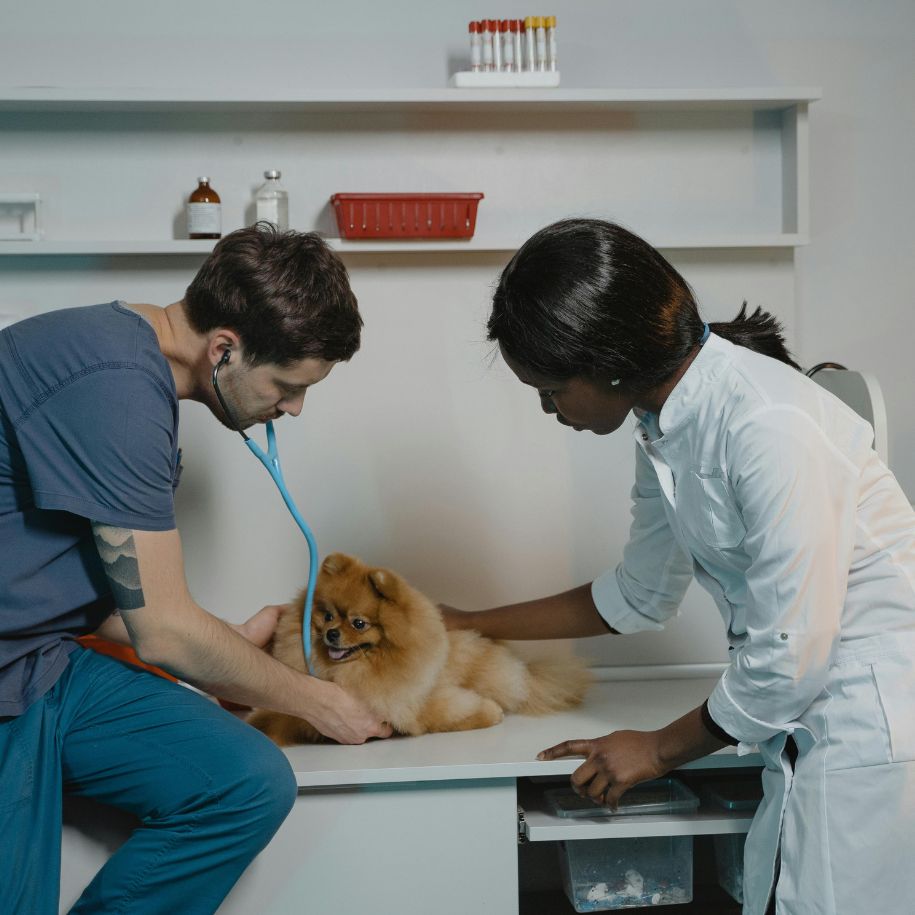If you’ve ever placed your hand on your dog’s chest and noticed a slow, steady heartbeat, you may have paused to wonder — is this normal? A dog's slow heart rate, medically known as sinus bradycardia, can be perfectly harmless in some cases. In others, it might signal something more serious like heart disease or low blood pressure.
Understanding what’s normal and what’s not can make all the difference when it comes to your pet’s health. Let’s explore what a slow heart rate in dogs really means, when to be concerned, and how to support your furry friend’s heart.
What Is a Normal Heart Rate for Dogs?
A normal dog heart rate can vary widely depending on your pet’s size, age, and activity level.
-
Small dogs and puppies: 100–160 beats per minute (bpm)
-
Medium dogs: 80–120 bpm
-
Larger dogs (like Great Danes): 60–100 bpm
-
Resting heart rate is lower when the dog is calm or asleep.
Keep in mind, a fit dog — like an athletic breed or working dog — might naturally have a lower resting heart rate. So not all slow heart rates are signs of concern.
What Is Sinus Bradycardia?
Sinus bradycardia is the term used when a dog’s heart rate drops below the normal range for their size and activity level. It starts at the SA node (sinoatrial node) in the right atrium, which controls the heart’s natural rhythm.
This condition can cause a slower-than-usual electrical impulse, leading to fewer beats per minute and reduced blood flow throughout the body.
But is it dangerous? That depends on the underlying cause and whether other symptoms are present.

Common Causes of a Slow Heart Rate in Dogs
Many dogs can experience slow heart rates for various reasons. Here are the most common:
1. Athletic Conditioning
Dogs that are well-trained and regularly active often have stronger heart muscles. Their bodies don’t need as many beats per minute to pump oxygenated blood throughout the entire body.
2. Low Temperature or Hypothermia
A low temperature, especially in small or sick dogs, can cause the dog’s heart rate to slow as the body tries to preserve energy. Conversely, a high temperature or heat stroke can sometimes cause the heart rate to spike.
3. Medications
Some medications — such as beta blockers, calcium channel blockers, or those for high blood pressure — can reduce the heart rhythm. Always monitor your dog’s temperature and behavior if your dog takes prescription drugs.
4. Heart Disease
In cases of severe heart disease, the heart muscle can weaken. This may include issues with the left ventricle, vasovagal syncope, or sick sinus syndrome — where the heart’s electrical signals pause or fail altogether (sinus arrest).
5. Neurological Causes
Issues in the nervous system, such as those affecting the brainstem or vagus nerve, can disrupt the signal that controls heart rate.
6. Other Factors
-
Episodic weakness
-
Fainting episodes
-
Abdominal pain
-
Low blood pressure
-
Low oxygen or poor circulation to other organs and lungs
When Is a Slow Heart Rate Normal?
Not all slow heart rates mean something is wrong. Some cases are considered completely normal, especially when:
-
Your dog is asleep or deeply relaxed
-
They are a larger breed like a Great Dane
-
The dog is extremely fit
-
They are cooling down after exercise
-
They’re not showing other symptoms like fatigue or fainting
However, if you're unsure, it’s best to track your dog's breathing rate, temperature, and behavior over time — or consult your vet for reassurance.
Signs to Watch For
If your dog has a low heart rate, look out for signs like:
-
Lethargy or decreased energy
-
Dizziness or confusion
-
Fainting episodes
-
Episodic weakness or collapse
-
Cold limbs or pale gums
-
Panting, even at rest
-
A noticeable change in behavior or alertness
These symptoms could indicate the body isn’t receiving enough oxygen due to insufficient blood flow. If these symptoms accompany the slow heart rate, such as lethargy and fainting, it may indicate a more serious condition.

How Vets Diagnose a Slow Heart Rate
A veterinarian may perform several diagnostic tests to understand the underlying cause:
-
Physical exam (checking heart rhythm and pulse)
-
X-rays (to assess the heart and lungs)
-
Blood tests (to rule out organ disease or electrolyte imbalance)
-
Holter monitor (a 24-hour heart monitor)
-
ECG (electrocardiogram) to examine the electrical impulse pattern
Breed-specific conditions, like sick sinus syndrome seen in Cocker Spaniels or Miniature Schnauzers, can also be evaluated.
Treatment Options for Bradycardia in Dogs
Treatment depends on the severity of the condition and the underlying cause:
1. No Treatment Needed
For athletic dogs or those with naturally slow beats but no symptoms, no action may be necessary beyond continuous monitoring.
2. Medication Adjustments
If drug therapy is causing the slow heartbeat, your vet may alter the dosage or change the medication.
3. Pacemaker Implantation
In life-threatening cases like sinus arrest or sick sinus syndrome, a pacemaker may be surgically implanted to restore normal rhythm.
Monitoring Your Dog’s Heart Health at Home
It’s a good idea to regularly check your dog’s heart rate, especially if they are older, have been diagnosed with a condition, or are on medication.
How to Check Your Dog’s Pulse:
-
Find the pulse inside their hind leg (femoral artery).
-
Count the beats for 15 seconds.
-
Multiply by 4 to get the beats per minute.
Keep a log of any unusual changes and take note of your dog's temperature, breathing, or behavior. Continuous monitoring devices or smart collars can also help.
Final Thoughts: Stay Informed, Stay Calm
A dog’s slow heart rate isn’t always a cause for panic — but it should never be ignored if it comes with other symptoms like fatigue, weakness, or collapse.
Remember, early diagnosis and appropriate treatment can greatly improve your dog’s quality of life. Whether it's just your dog's natural rhythm or something more serious like heart disease, your vet is your best resource for making that call.












